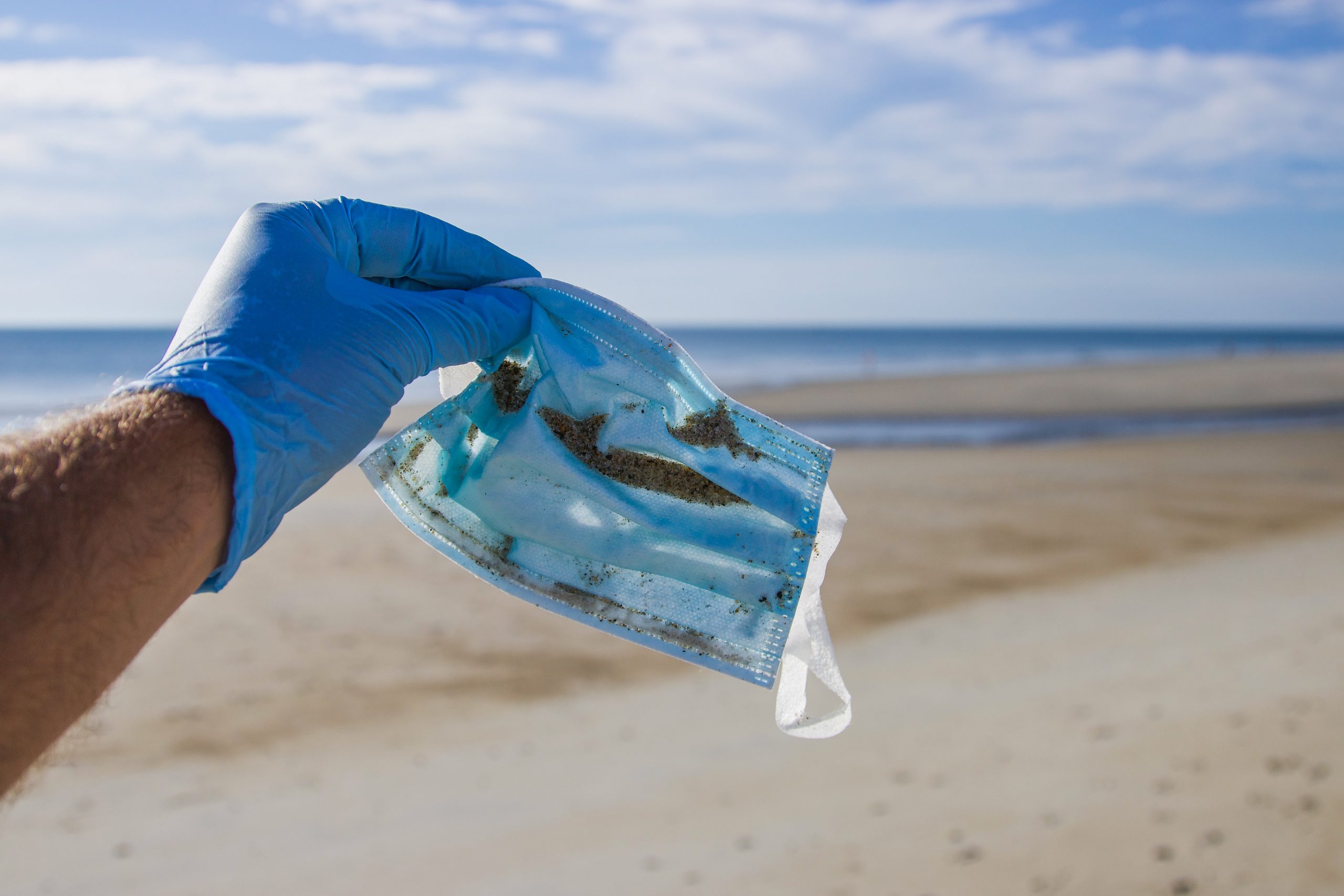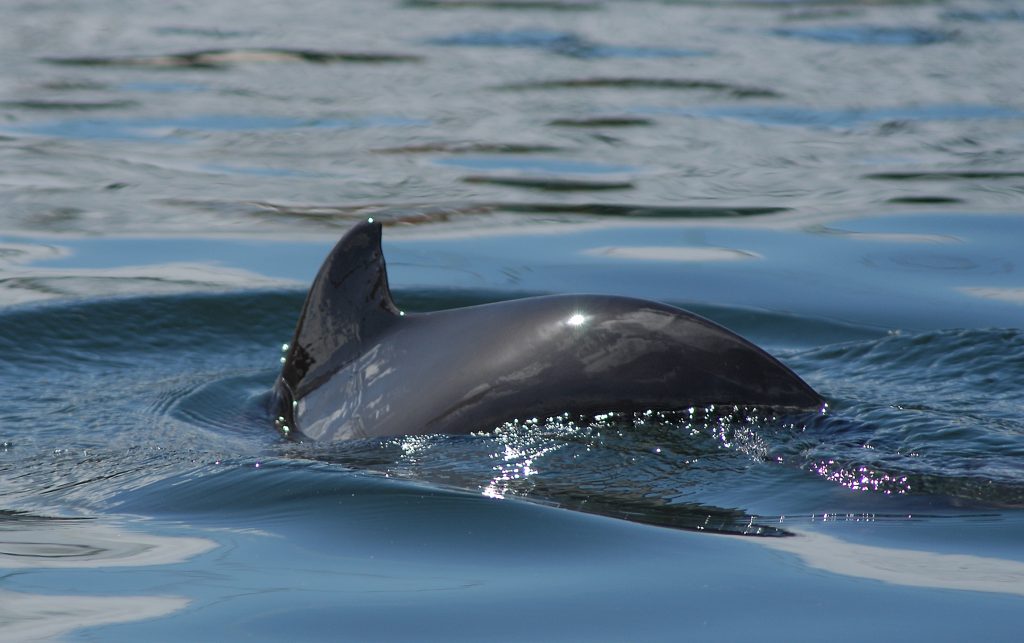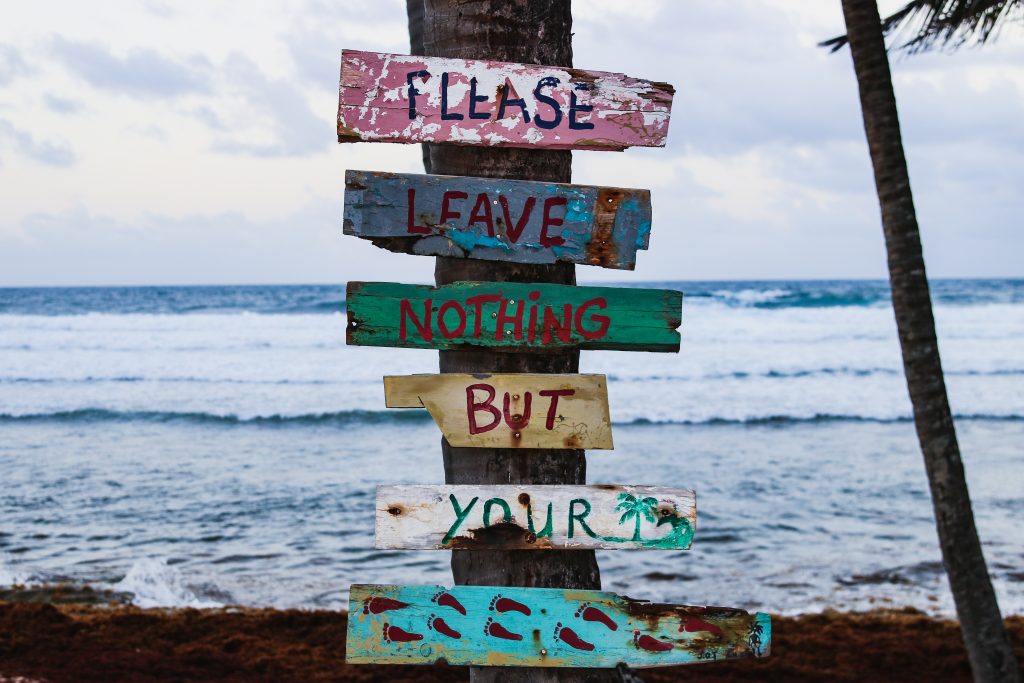‘More masks than jellyfish’ – The Guardian, June 2020.

Photo credits: B. Yurasits, providing free ocean photography to raise awareness about pollution. (Available on website: Wildlifebyyuri and Instagram: @wildlife_by_yuri)
In the midst of a pandemic that had taken over our lives, the concept of a possible “mask invasion” of our oceans was an unbearable thought! Headlines like these are becoming ever more common, shocking us into taking responsibility for the impacts we have on the natural world. They have led us to dismiss the historical misconception that the ocean is too vast to enable pollutants to cause any real damage. In fact, we have come to acknowledge that pollution can affect all marine organisms, from the build-up of excess nutrients causing harmful changes in the abundance of microscopic plankton to hundreds of kilograms of litter which can accumulate inside the stomachs of our ocean’s giants. Although in recent years we have experienced a new wave of environmental awareness which has undoubtedly brought with it many positive changes, marine pollution still clearly remains a big issue.
So what is marine pollution?
Marine pollution, much like the organisms it comes in all shapes and sizes! The degree of potential damage can be a result of the type of material or simply the sheer extent of it. There are many different kinds of pollution in our oceans, the most common of which fit into four broad categories: chemicals, litter, noise and light.

Photo credits, from left to right: J. Thomas, B. Yurasits, C. Venti, S. Sahoo (Available at: Unsplash)
To name just a few, chemical pollutants can include, fertilizers, oil, industrial or household chemicals and even sewage. Marine litter is man-made debris that can comprise anything from tiny synthetic fibres released off of our clothes and cigarette butts to car tires. According to the IUCN, approximately 80% is plastic however it can also be made of materials such as glass, paper, metal and wood.
Noise pollution can come in the form of boat traffic, drills, sonars and sometimes it is even produced intentionally, for example, to deter seals from fish farms. Finally, light pollution is the exposure of marine organisms to artificial light; this is usually concentrated around the coastline and has been proven to cause disturbances to the behaviour of various species of invertebrate, corals and even sea turtles.
Where does it come from?
Depending on how quickly they are released, pollutants are often divided into point (the consequence of singular incidents like oil spills or purposeful dumping) and nonpoint sources (build up over long periods of time). According to the Marine Conservation Societies ‘Great British Beach Clean’ 2019 report, only 18% of litter collected could be sourced as originating from marine-based activities (fishing 14.7%, shipping 3.3%). More often than not, marine pollutants are actually the result of land-based activities and rivers are one of the key pathways by which they make their way to the coastline.
How it affects marine mammals: A focus on bioaccumulation
Marine pollution causes a limitless list of problems, including the destruction of habitats, disruption of behaviour and even instant death. According to a 2018 study, it affects 99 species of marine mammals across the globe which are particularly vulnerable due to their late maturation, low population growth rates and low densities. There are countless horror stories touching on the effects of pollution on our population here in the UK. Just last month a scientific paper was released which reported correlations between reduced fertility in male harbour porpoise and high levels of PCB concentrations (Polychlorinated biphenyls banned in the 1980s). A prime example of how certain pollutants can persist decades after efforts have been made to reduce them. This was the result of bioaccumulation and biomagnification, the build-up of harmful substances within the tissues of an organism and throughout the food chain. This has become a great concern particularly for those residing in the highest trophic levels. The rising tide of microplastics comes under the umbrella of concerning substances, defined as particularly bioavailable plastic particles less than 5mm in length. As well as decreased reproduction, ingesting high levels of certain pollutants has been suggested to cause impaired immunity and even reduced brain functioning.

Photo credits: Mick Baines.
It’s not all doom and gloom!
Although at times, it may seem like all bad news, that’s not the case! All across the planet people are figuring out how to get stuck in and reduce marine pollution. From petitions for national bans on forever chemicals to yachts using floating plastic as fuel the list of ways in which we are combatting this dilemma is again, endless! However, we haven’t got all day, so I hope you enjoyed this whistle-stop tour through the topic of marine pollution.
If you like to do more than just dip your toes, take a look at the links to our noise pollution and entanglement most recent blogs on this topic.

Elena
Sea Watch Volunteer
Feature Blogger
Sources:
- https://www.theguardian.com/environment/2020/jun/08/more-masks-than-jellyfish-coronavirus-waste-ends-up-in-ocean
- https://www.nationalgeographic.com/environment/article/critical-issues-marine-pollution
- https://www.iucn.org/resources/issues-briefs/marine-plastics
- Depledge, M. H., Godard-Codding, C. A. J., & Bowen, R. E. (2010). Light pollution in the sea. Marine Pollution Bulletin, 60(9), 1383–1385.https://doi.org/10.1016/j.marpolbul.2010.08.002
- Islands, G. C., & Irish, G. N. (2019). 2019 Report – MCS Great British Beach Clean.
- Avila, I. C., Kaschner, K., & Dormann, C. F. (2018). Current global risks to marine mammals: Taking stock of the threats. Biological Conservation, 221(February), 44–58. https://doi.org/10.1016/j.biocon.2018.02.021
- Williams, R. S., Curnick, D. J., Brownlow, A., Barber, J. L., Barnett, J., Davison, N. J., Deaville, R., ten Doeschate, M., Perkins, M., Jepson, P. D., & Jobling, S. (2021). Polychlorinated biphenyls are associated with reduced testes weights in harbour porpoises (Phocoena phocoena). Environment International, 150(August 2020), 106303. https://doi.org/10.1016/j.envint.2020.106303
- López-Martínez, S., Morales-Caselles, C., Kadar, J., & Rivas, M. L. (2021). Overview of global status of plastic presence in marine vertebrates. Global Change Biology, 27(4), 728–737. https://doi.org/10.1111/gcb.15416
- Nelms, S. E., Barnett, J., Brownlow, A., Davison, N. J., Deaville, R., Galloway, T. S., Lindeque, P. K., Santillo, D., & Godley, B. J. (2019). Microplastics in marine mammals stranded around the British coast: ubiquitous but transitory? Scientific Reports, 9(1), 1–8. https://doi.org/10.1038/s41598-018-37428-3
























